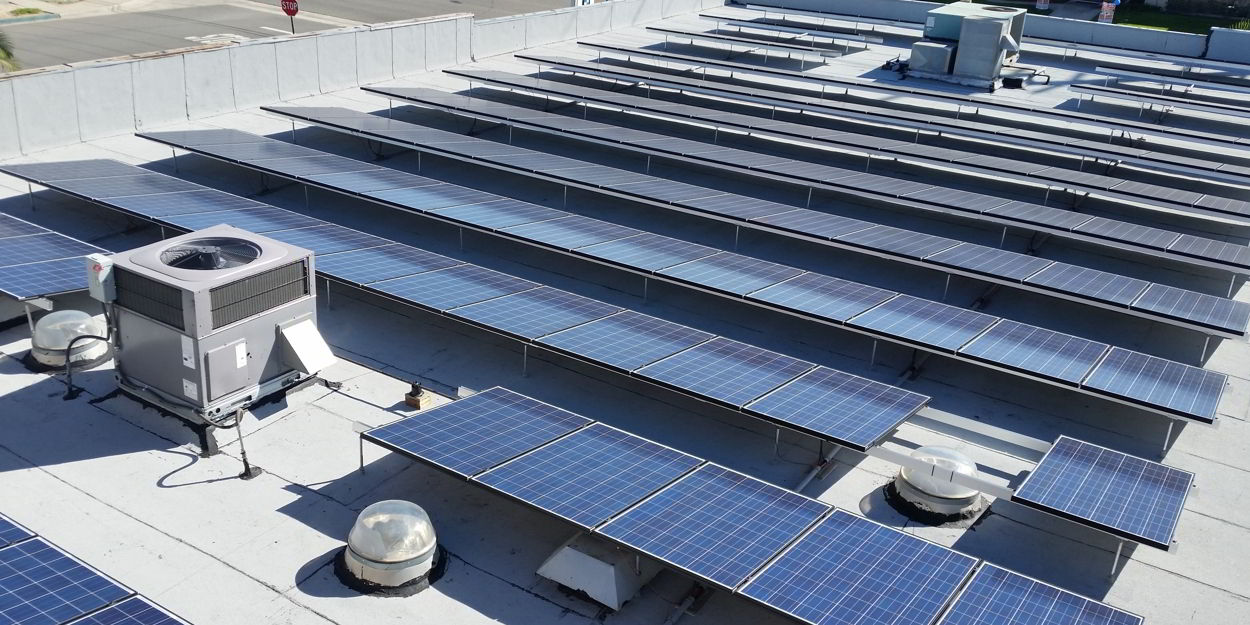Serving over 1.5 million people across 900 square miles, Sacramento Municipal Utility District (SMUD) is the nation’s sixth-largest community-owned electric service provider. Because SMUD is a municipal utility, it is not regulated by the California Public Utilities Commission (CPUC) and instead is governed by a seven-member Board of Directors elected by residents. Without regulatory oversight, the not-for-profit utility can implement its very own rates, programs, and policies. Just last month, SMUD implemented its new solar net energy metering (NEM) rules, separate from the state’s ongoing NEM-3 battle involving California’s largest investor-owned utilities (IOUs) – Pacific Gas & Electric (PG&E), Southern California Edison (SCE), and San Diego Gas & Electric (SDG&E). On March 1, 2022,SMUD’s new “Solar and Storage Rate” (SSR) went into effect and is now mandatory for all new solar and/or battery storage customers.
Key Details
- All new residential, commercial, and agricultural solar and/or solar and energy storage customers approved to install on or after March 1, 2022, must take service under SMUD’s new SSR rate.
- A one-time interconnection fee will be assessed as follows:
- Residential < 10 kW: $475
- Residential ≥ 10 kW and < 20 kW: $900
- Commercial < 100 kW: $2,500
- Commercial ≥100 kW and < 500 kW: $3,300
- Commercial ≥ 500 kW: $5,000
- Residential customers must also be serviced under the standard R-TOD rate, which entails peak energy charges ranging from 15¢/kWh (winter) to 32¢/kWh (summer), assessed on weekdays between 5-8 pm.
- Generating facilities can be sized to offset up to 110% of the customer’s electrical requirements.
- Excess electricity sent back to the grid will be purchased monthly at SMUD’s Export Compensation Rate (ECR) of 7.4¢/kWh.
- The ECR will be updated every four years and can increase or decrease by 30%.
- Existing solar customers will be grandfathered under the previous “NEM 1.0” rate schedule through 2030.
- Customers under NEM 1.0 who add an energy storage system (ESS) with SMUD incentives will be required to transition to the SSR rate and are subjected to the one-time interconnection fee above.
- Customers that modify/replace existing systems or move will also forfeit their NEM 1.0 grandfathering protection.
- Legacy “NEM-1” customers were given the option to be compensated for annual net surplus generation at either the utility’s (5.5¢/kWh) avoided-cost rate or elect to have excess kWh credits roll over into the next 12-month NEM period. Under SMUD’s new SSR program, there is effectively no annual rollover of kWh credits, given that all exports are purchased and settled monthly by SMUD.
SMUD’s new NEM policy will have a negative effect on solar project economics. Reducing the export rate and imposing interconnection fees on new solar customers will erode the savings and economics compared to SMUD’s legacy NEM program. Like other regional markets that have sunsetted their full-retail value NEM program, energy storage systems will make stronger economic sense under SMUD’s new NEM program, as storage is used to self-consume and prevent exports back to the grid.
Energy Toolbase users can precisely model both solar-only and solar and energy storage scenarios under SMUD’s new SSR NEM policy in the ETB Developer platform. For assistance with SMUD SSR proposals, users can reach out directly to their assigned account manager. Furthermore, our in-house utility rates team has updated all SMUD rates to reflect the 1.5% rate increase that went into effect on March 1, 2022. Users can send utility rate-related questions to: utilityraterequest@energytoolbase.com.

